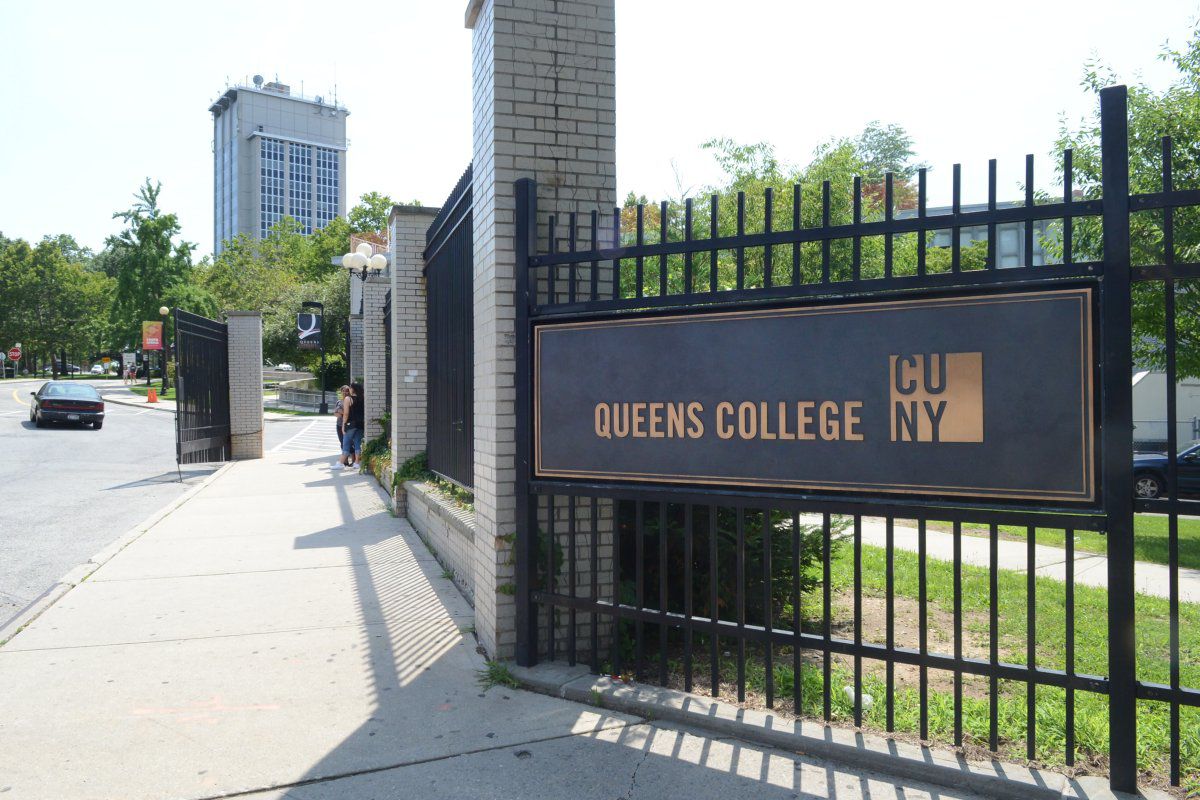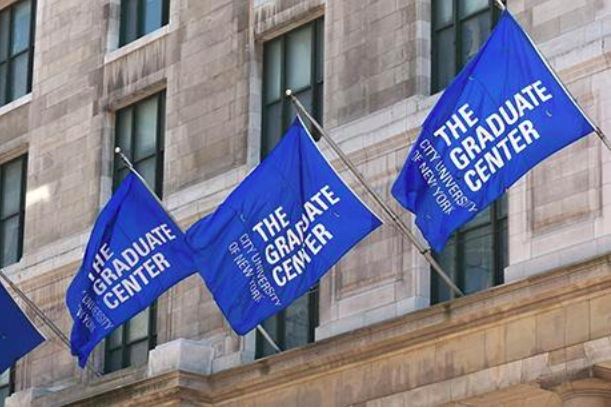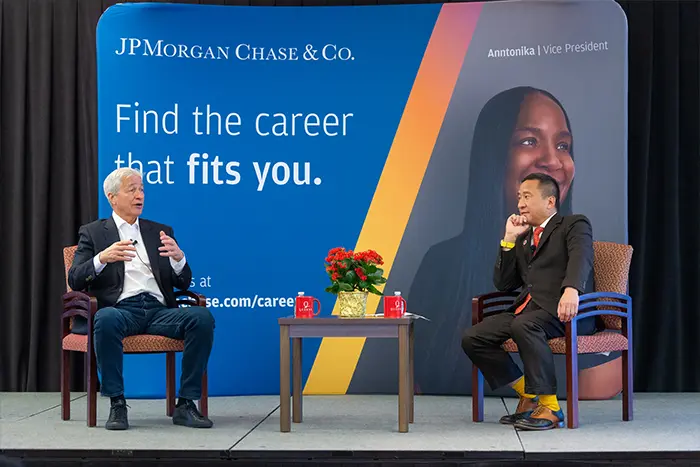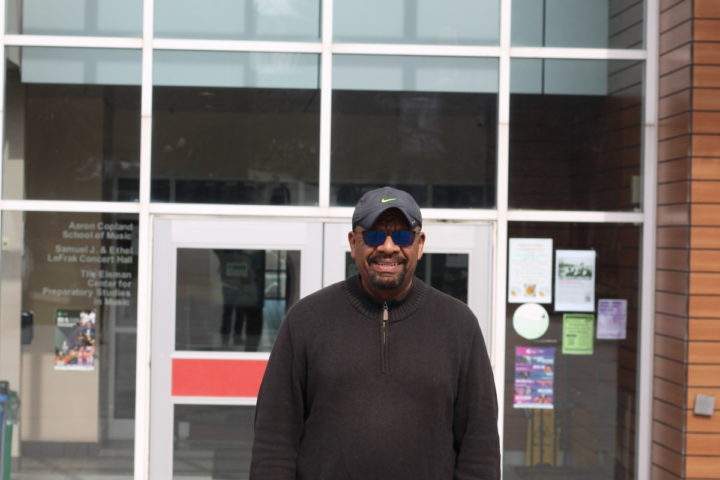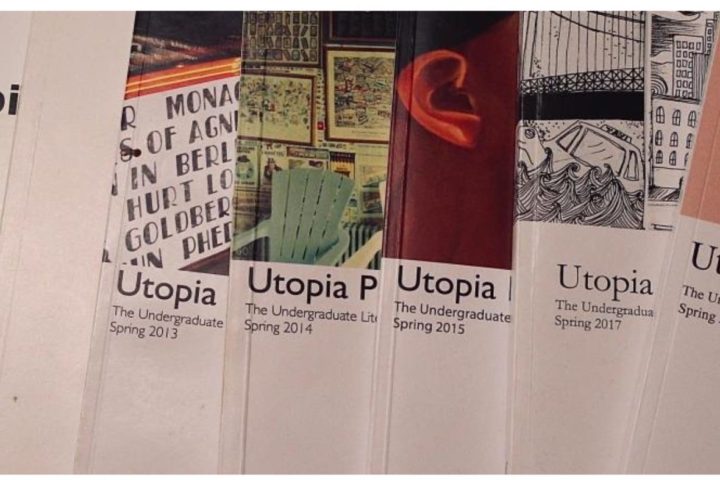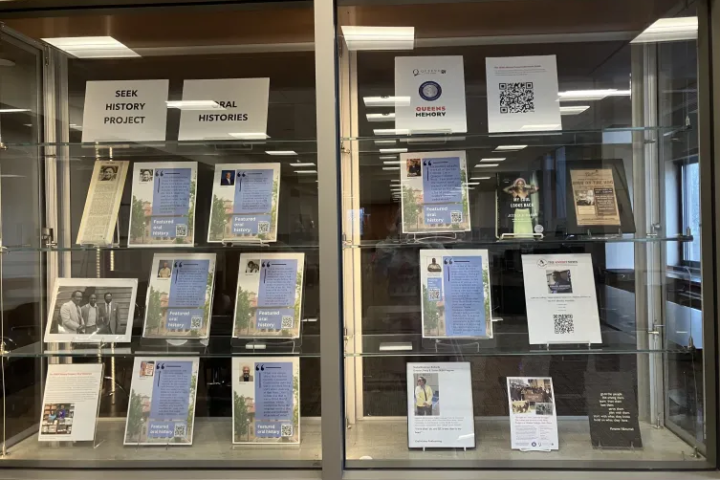The Participatory Budgeting Organization on campus held its second assembly of the semester on Nov. 9, where students brainstormed about how to spend the pot of money that’s been allocated to them for student-supported projects.
Sal Asaro, a senior biology major, explained the process to newcomers. A steering committee plans and facilitates the collection of student ideas. It helps students develop their ideas into proposals, from which the committee creates a ballot of capital projects. It then organizes a campus-wide vote on the proposed projects. The projects receiving the most votes that also fit within the committee’s budget are then funded by the college administration. For projects that are beyond the committee’s budget, the committee contacts specific administrators and tries to arrange direct funding for the projects.
“The participatory budgeting process strives to promote democracy and participation of all students, not just members of student government,” Asaro said.
At the meeting, everyone was split into two groups. Each group received a poster and markers, and was asked to divide the poster into three columns, labeled “What,” “Where” and “Why.” The “What” column listed ideas for how to spend the allotted funding, the “Where” column indicated where on campus the project would be situated, with the “Why” explaining why the project was important to students.
The groups tossed around ideas ranging from adding Wi-Fi amplification devices to the campus, to providing temperature control devices for classrooms and building, to installing more blue lights on campus. When one student came up with an idea, other students might agree, and were able to come up with other ideas related to the original one. Towards the end of the meeting, the members of each group were allowed to cast three votes in favor of the three ideas they favored most. The vote highlighted the fact that not all of the ideas that were brought up can be implemented with such limited funds.
Nikolas Schulz, a senior majoring in environmental science, stressed the importance of encouraging this kind of discourse among students. “I’m always really happy to see that there is engagement in these meetings and to just be a part of it.”
All of the students at the meeting had a lot to say about the ideas that were being presented. None of the proposals were far-fetched, but were mainly held back by the lack of funds. While QC’s endowment isn’t as big as those of other leading colleges and universities, giving students more of a say in decisions about how their tuition money and fees are spent seems especially important.
This ability can foster a more satisfactory college experience for all students. Commuter schools have a reputation of not giving students a well rounded college experience, but if more students participate in the decision making of what happens on campus, it can build a stronger community.
“What we need more than anything is participation,” Asaro said. “We want you, the students, to decide what we need and should have here at Queens College.”








